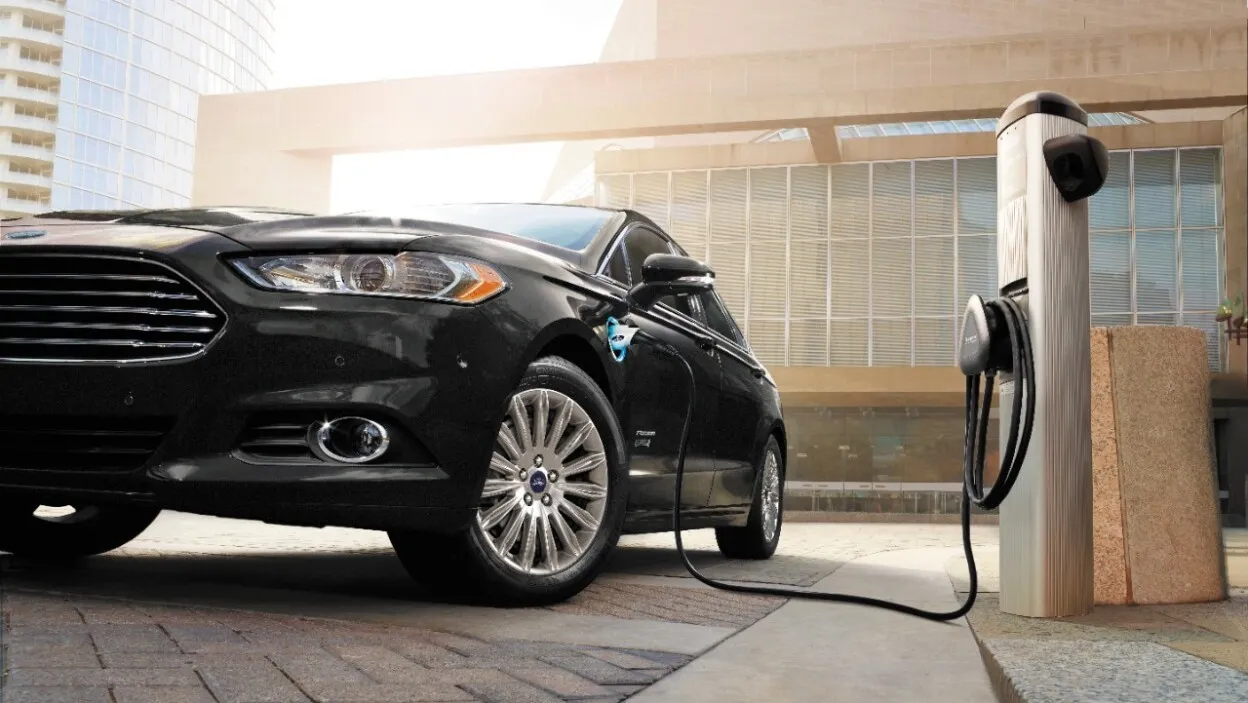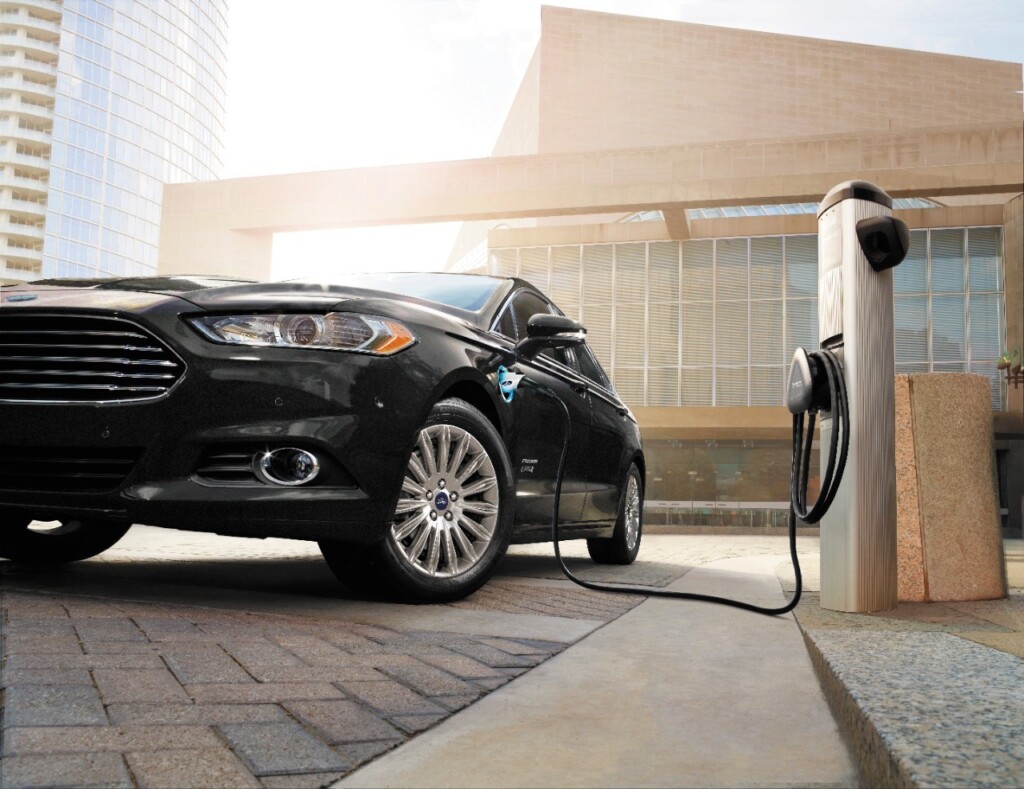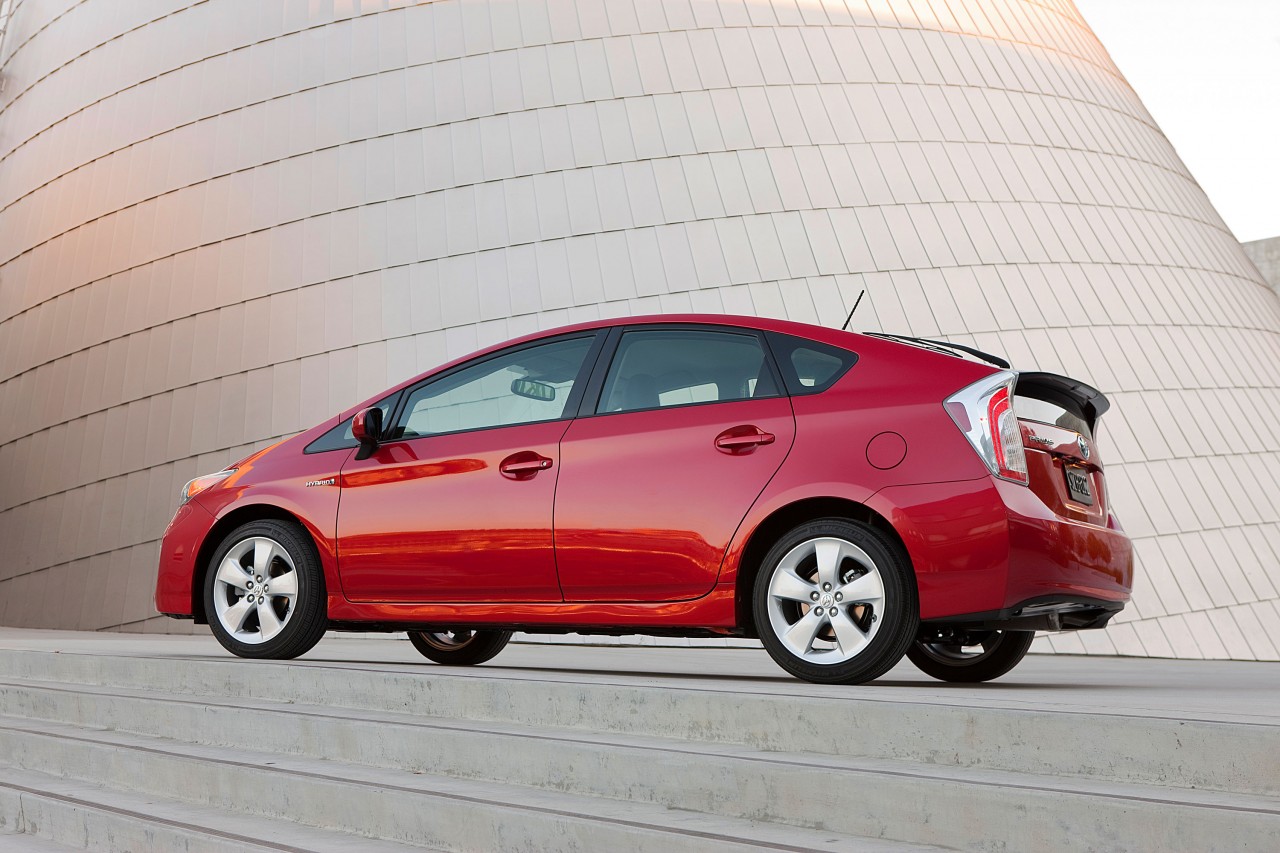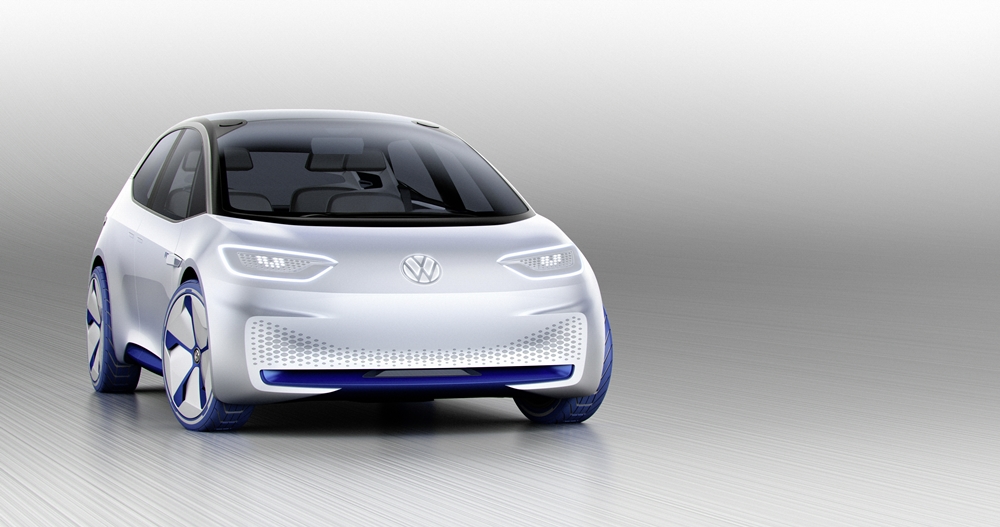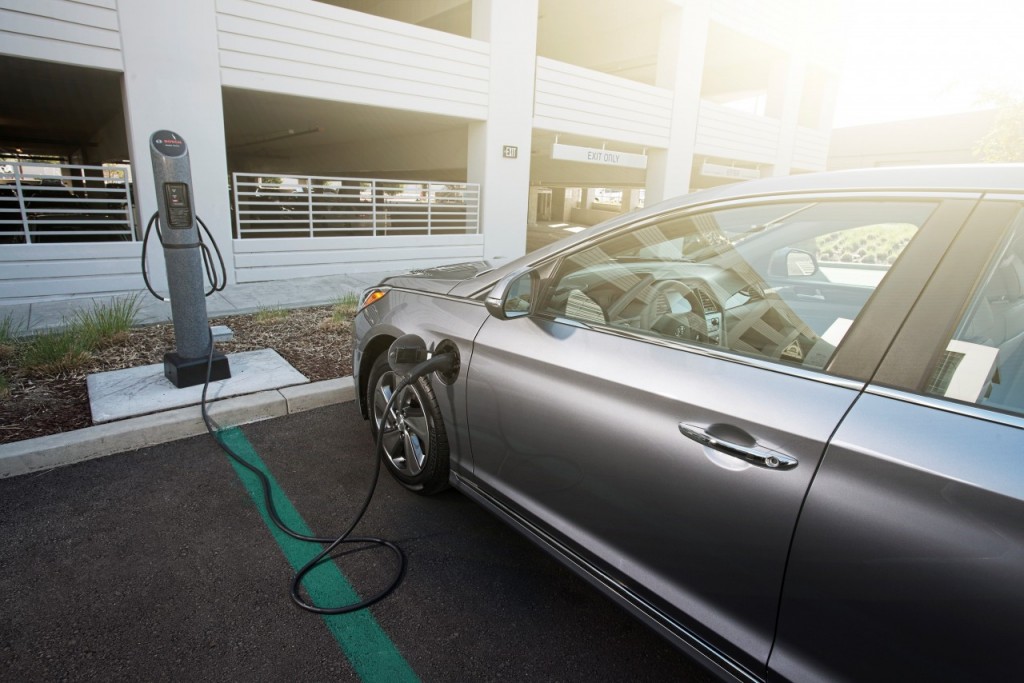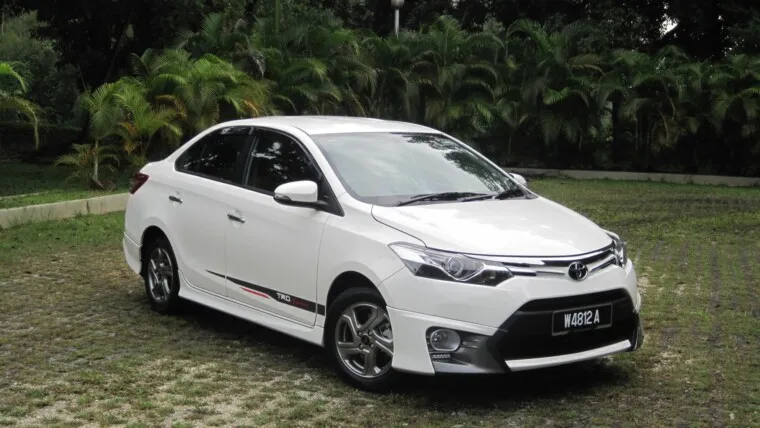Besides Norway, China is also making its way into zero emission mobility, to tackle the country’s notorious pollution problem. China’s Ministry of Industry and Information Technology has revealed the country’s 15-year roadmap, reports China Daily.
According to the blueprint, new energy vehicles are expected to take a huge share of the automotive market in China by 2030. Such cars will account for 7% of total car sales in 2020 and 40% in 2030, reaching an estimated 15.2 million units.
According to statistics from the China Association of Automobile Manufacturers, China sold 330,000 new energy vehicles in 2015, representing about 1.5% of total car sales that year.
New energy car in the country include electric cars, plug-in hybrids and fuel cell vehicles, excluding hybrids like the Toyota Prius.
According to the blueprint, electric cars will target the compact car market, while plug-in hybrids are primarily aimed at people who are looking for larger cars.
To assuage mileage anxiety, automakers are expected to make breakthroughs in battery and motor technology by 2030. The blueprint has set the target for electric cars to run 300km on a single charge in 2020 and 500km in 2030.
Ouyang Minggao, an automotive professor at Tsinghua University and leader of the panel of experts who drew up the plan said that, “It is not that automakers cannot reach the (2020) goal now. The goal is to make such electric cars affordable without government subsidies.”
Denza, a joint venture between Daimler AG and BYD Co Ltd, is already approaching the 300 km goal, but its high prices are discouraging many of those considering buying an electric car.
Meanwhile, Volkswagen has recently unveiled a concept car called the I.D. at the recent Paris auto show that has a range of up to 600 km. It is expected to roll out in 2020.
“The future is electric,” said CEO Matthias Muller, He said that the group plans to roll out more than 30 electric models by 2025, besides those that have already arrived in the market.
Some of its electric cars are expected to be produced in China, now that it is in talks with Chinese automaker Jianghuai Automobile Co Ltd on building a joint venture to develop and build new energy vehicles in the country.
At the same time, more charging network will be built across the nation. By 2020, there will be at least 5 million charging posts in the China, no less than 20 million by 2025 and no less than 80 million by 2030: essentially, the amount of charging station will be the same number as new energy cars in the country.
Adequate charging facilities will help to push people to buy new energy cars, because current owners complain that they often have to wait in long lines to charge their vehicles. Based on their statistics, there were 500,000 new energy vehicles in China by the end of 2015, but charging poles numbered merely 57,000.
On top of that, there would also be subsidies for pushing customers towards these greener options.
According to Qu Guochun, deputy director at the industry equipment department of the Ministry of Industry and Information Technology, the ministry is “working with relevant departments to improve policies involving incentives for energy-saving and new energy vehicles”.
With such growth expectations in mind, automakers are focusing on China for potential EV development. Just like Mercedes-Benz parent Daimler and Volkswagen, Renault appears to be trying to make an early mark in China. The company is looking to sell electric vehicle in China at affordable price tag. It is expected to cost as little as $8,000 (RM33k) after government incentives kick in.
Source: China Daily

